Have you ever wondered why your fingerprints don’t stick to product packaging? Or why some packaging looks dirtier than others? And what makes some printed materials smell bad, while others are odorless?
Aqueous Coating, or the lack of it, is likely a main reason.
What is Aqueous Coating?
Aqueous coating (AQ) is a transparent, water-based type of varnish that is applied to a printed product during the printing process. Aqueous coating is often the standard coating method for printing and packaging – as it dries quickly, resists fingerprints, is environmentally friendly and supports unique packaging designs.
Aqueous Coating (AQ) might sound like something NASA uses to prep their shuttles for takeoff, but in reality, it’s primary function is to protect your products as they go flying off the shelves.
In the packaging and printing world, aqueous coating (also known as AQ coating) is a water-based coating that is applied to the press sheet. This varnish process allows the resulting product to look as if it “pops” more off of the page, and also protects the product from scratches, sticky fingerprints, scuffs and other marks that could deter from its vibrant looks.
With that being said, there are different types of varnish depending on how much “pop” you want your graphics to have. The way that aqueous coating gets applied also depends on how the product is printed.
Without further ado, let’s jump into how aqueous coating is used in printed and packaging.
Using Aqueous Coating in Printing and Packaging
You understandably want your product packaging to stand out, however, remember that the main function of packaging is to keep your products secure and protected. You may be surprised to learn that the coating is actually one of the most vital parts of the packaging process.
Many people will be handling and touching your product as it makes its way from production into your customer’s hands, so it’s important to protect it from fingerprints, scuffs and other blemishes.
Often used in offset printing, aqueous coating sticks well to glossy paper, so it’s common that if you want to create a unique branded look – highlight specific areas with gloss varnish, then finish up with a matte or dull varnish.
Inline varnishing will add the coating at the same time that the item is printed, while offline applies the coating after the sheet has dried. This adds shine to the piece overall, but allows certain areas to look absolutely brilliant and adds a creative touch to your printed materials.
Benefits of Aqueous Coating
Aqueous coatings, as their name implies, are water based coatings. Unlike UV coating and varnish, which are also used in different print applications, using a water-based coating means the end result dries quickly, and that means it can be applied using a variety of methods to make the design stand out while still protecting it.
Aqueous coating is a popular printing choice, largely because it’s cost-effective and is environmentally-friendly as well. It’s often used for food packaging and household products for this reason. Other products, however, like cosmetics or perfumes may have chemicals that cause the water-based AQ coating not to adhere well outside or inside the packaging. Whether or not your product can use aqueous coating will depend on what the product is.
Types of Aqueous Coating
Despite aqueous coating being a category all its own, there are actually several types of aqueous coating, including:
- Gloss Coating: If you want your packaging to have a more muted effect but still want it to be protected, a gloss coating may be exactly what you’re looking for. If you want something that has a more shimmery effect when exposed to light, you may be better suited with UV or varnish coatings.
- Matte Coating: Matte coating reduces the glossiness and lets colors show their vibrant brilliance more than other types of aqueous coating.
- Satin Coating: One of the “best of both worlds” when it comes to coatings, satin is not as attention-getting as other types of glossy coating, but it still offers great protection against fingerprints, scuffs and other blemishes that could detract from your product.
- Dry Erase Coating: This affordable alternative to laminate allows for a higher gloss effect than other types of coating.
- Pencil Receptive Coating: When the quality of the writing implement used on the product is important (whether it’s pencil, ink or even laser), a pencil receptive coating is an excellent choice.
- Soft Touch Coating: Not as glossy as the other types of finishes profiled here, the soft touch coating gives the packaging a more velvet-like texture.
How is Aqueous Coating Applied to Product Packaging?
Before ink is printed on the sheets, the aqueous coating is applied. The sheet then goes through a heated system so that it can dry quickly. Several considerations need to be kept in mind in order for the aqueous coating process to work. For example, you don’t want the paper to warp, wrinkle or curl, so great care must be taken to ensure that these things don’t happen, while ensuring that the aqueous coating is applied across the entire sheet.
What is the Difference Between Aqueous and UV Coating?
In addition to aqueous coating, UV coating is another common and popular type of coat. Both types of coating offer a number of attractive benefits, but it’s important to know the difference so that you can select the right coating for your specific needs.
The biggest difference between AQ coating and UV coating is the way that they are dried. Because aqueous coatings are water based, the volatile compounds that make up the coating evaporate or are absorbed into the porous material. This creates a thin film on top of the paper that acts as a shield to protect it from smudges or scuffs.
Meanwhile, UV coatings use completely non-volatile compounds that cure as a part of a reaction when exposed to UV light. This creates a change that instantly turns the liquid components into solids, which in turn creates a thin, tough and dry film.
Although both options are popular, we often recommend AQ coating because of its eco-friendly factors, its cost-effectiveness, and the variation in styles that allow your CMYK or pantone colors or design to truly stand out.
When You Should (Or Shouldn’t) Coat Your Print Project
With so many benefits to using AQ coating, it’s understandable to think that everything that comes in contact with your product should be coated in this protective film. However, there are some instances where other options will work much better.
For example, if someone is going to write on your product, most coatings (unless it’s pencil-receptive) will not allow that to happen. If your product will go through several stages and undergo a lot of handling before it ends up at its destination, aqueous coating is a good option worth investing in. Not only does it help prevent showing fingerprints and scuffs, but it also helps repel dirt and scratches, a point that’s particularly important should your retail packaging go through other machines during the process.
Have Questions about the Aqueous Coating Process?
Our packaging glossary of terminology can help you get up to speed with industry jargon as you create your own custom boxes
Let’s face it, this is fairly technical information about the product packaging and printing process. It’s completely understandable to have questions about the aqueous coating process, as you review whether or not it’s right for your specific type of product.
Fortunately, at Refine Packaging, our years of packaging and printing experience can help provide you the insight you need to decide with confidence. Contact us today for a no obligation quote on your packaging and printing needs. We can work with you to design, print and manufacture a wide range of packaging solutions that protect your product while still making it look incredibly unique and one-of-a-kind.
We also have a number of box styles for all types of products in all types of box sizes. Not sure how to bring your vision to life? No problem! We have a staff of highly-talented graphic artists and designers who can work with you and provide free design support to help take your product design to the next level.
Contact us today to learn more about our fast-turnaround, premium quality and superior service for all your packaging and printing needs.
Ready to think outside the box? Let's get started!
Get in touch with a custom packaging specialist now for a free consultation and instant price quote.


.svg)
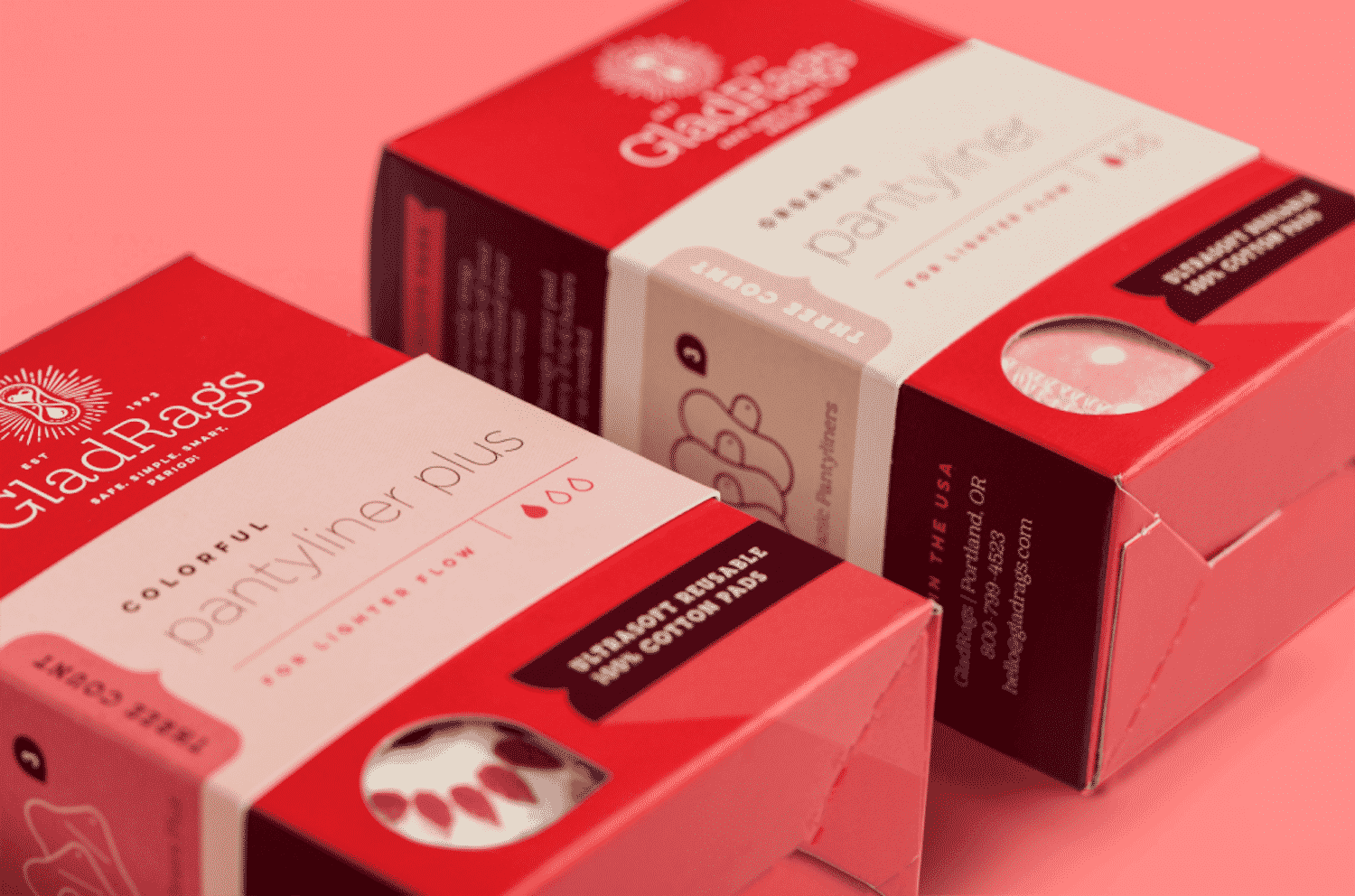


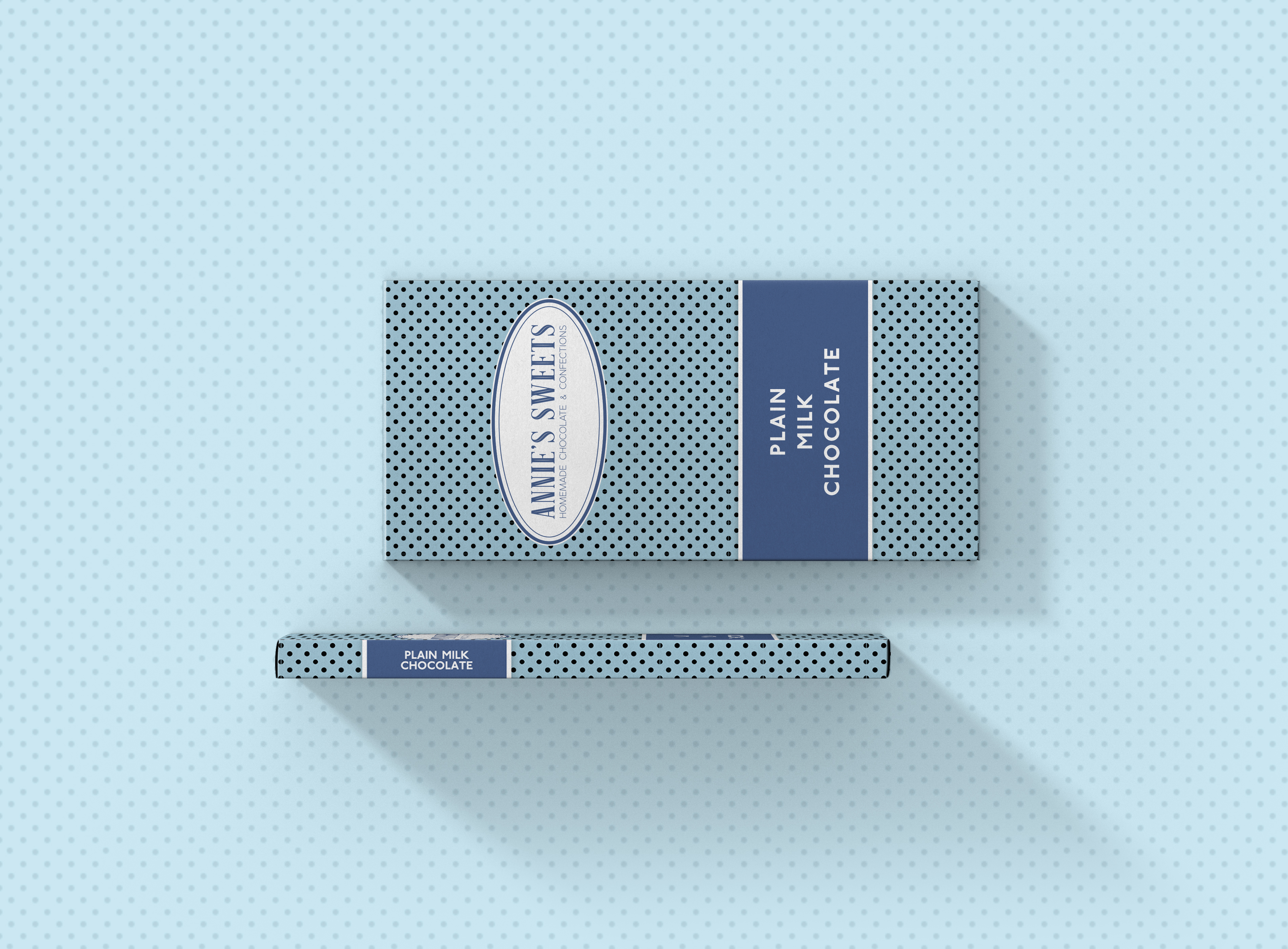
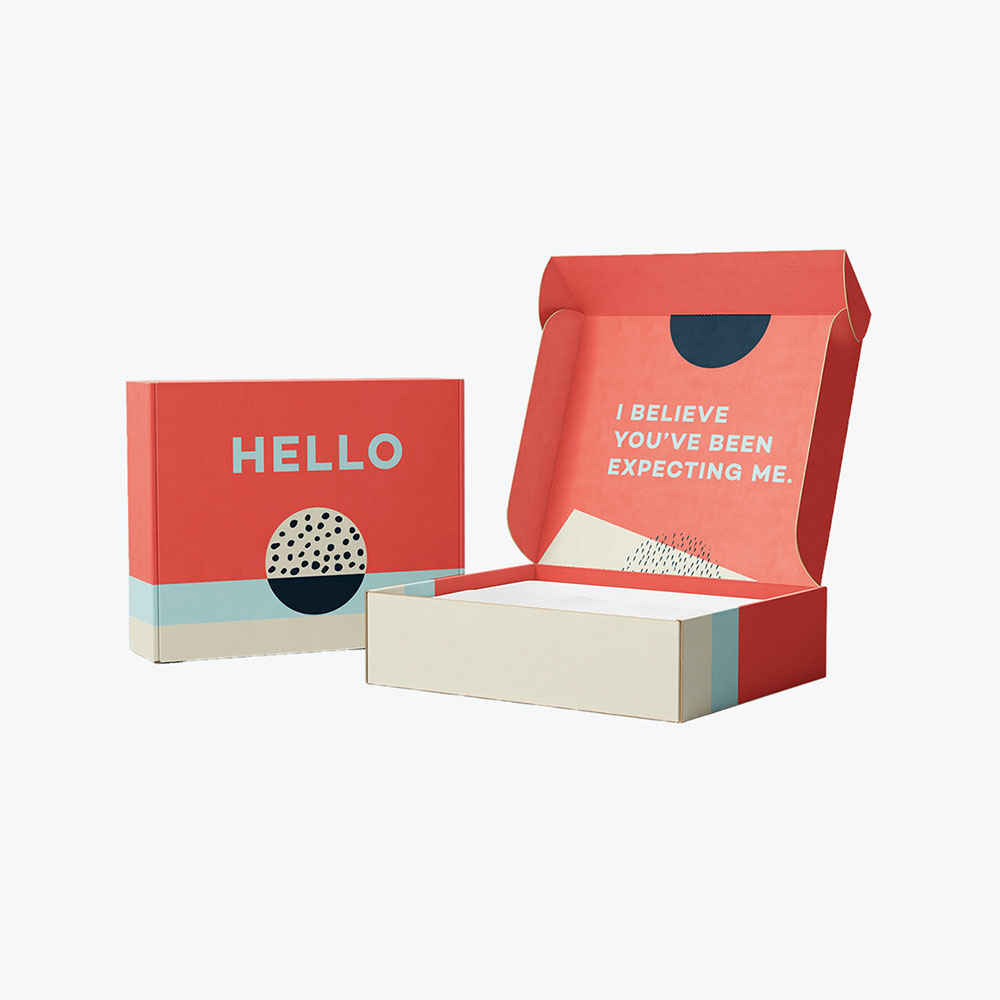
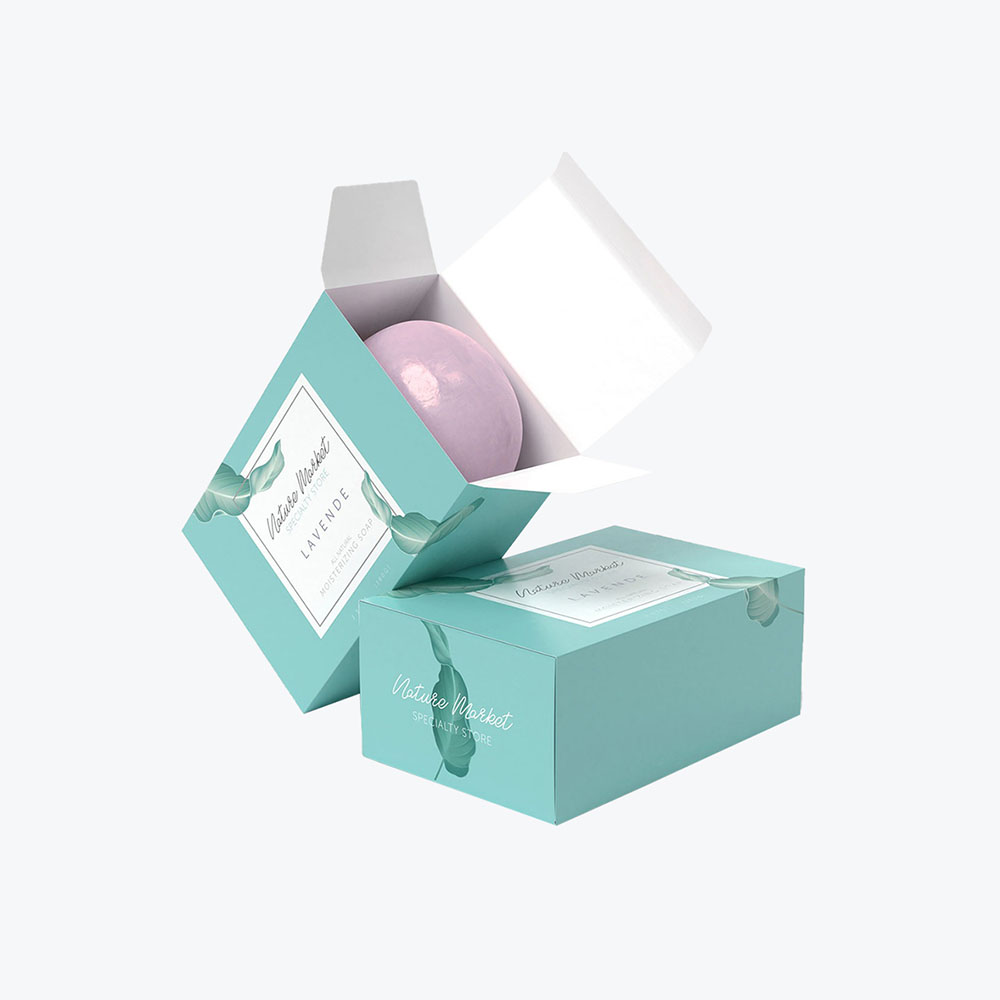
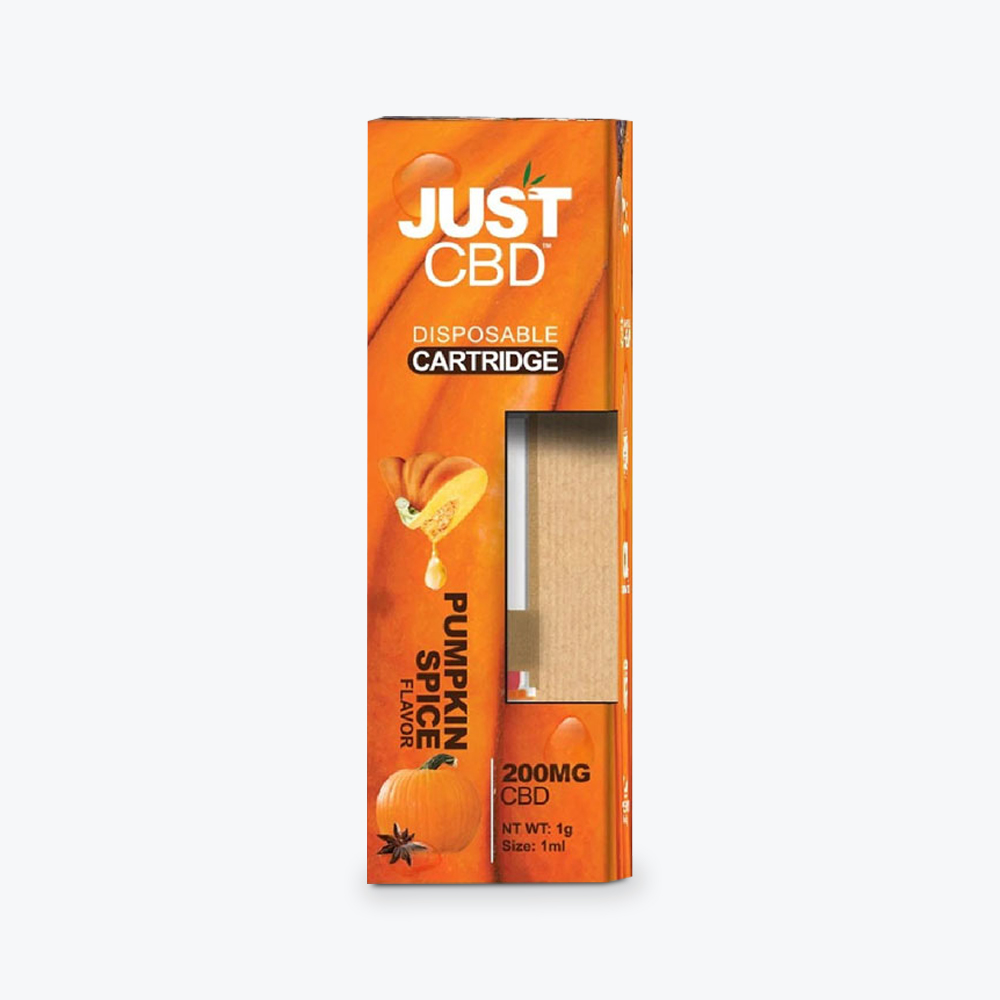
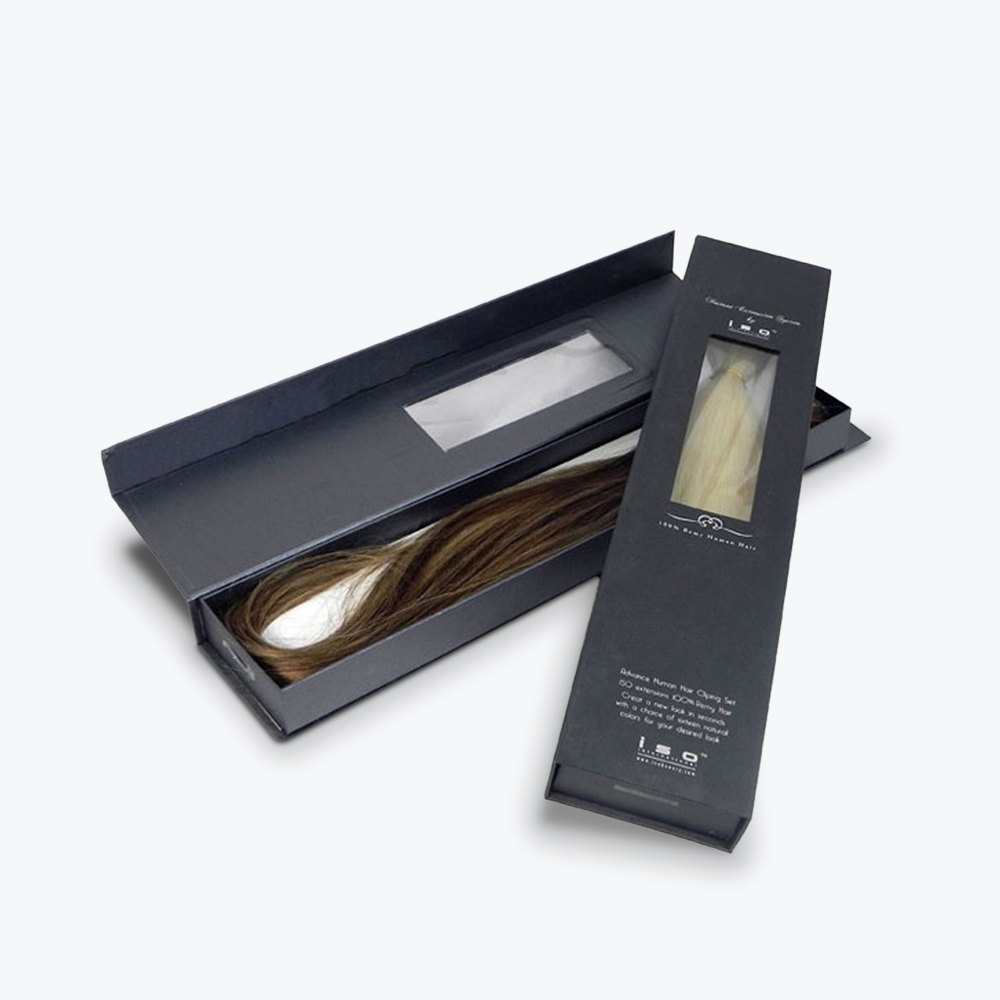


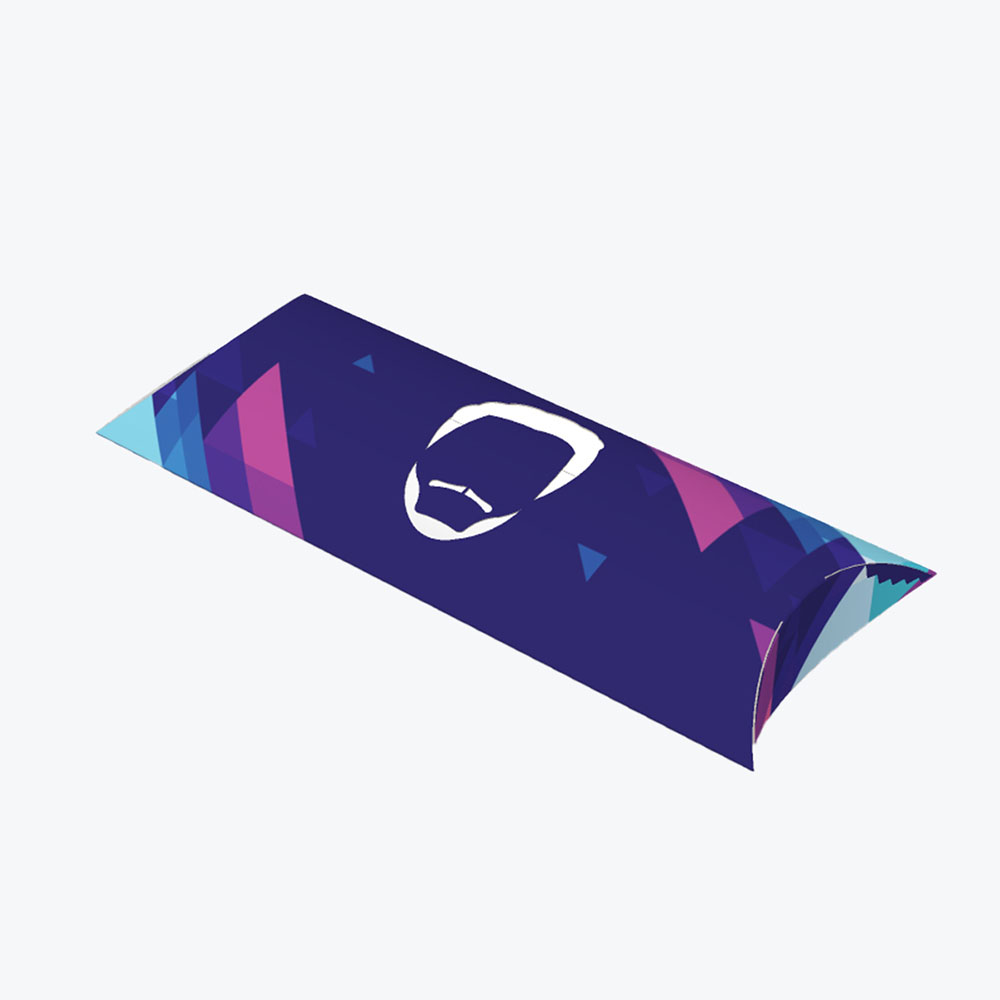

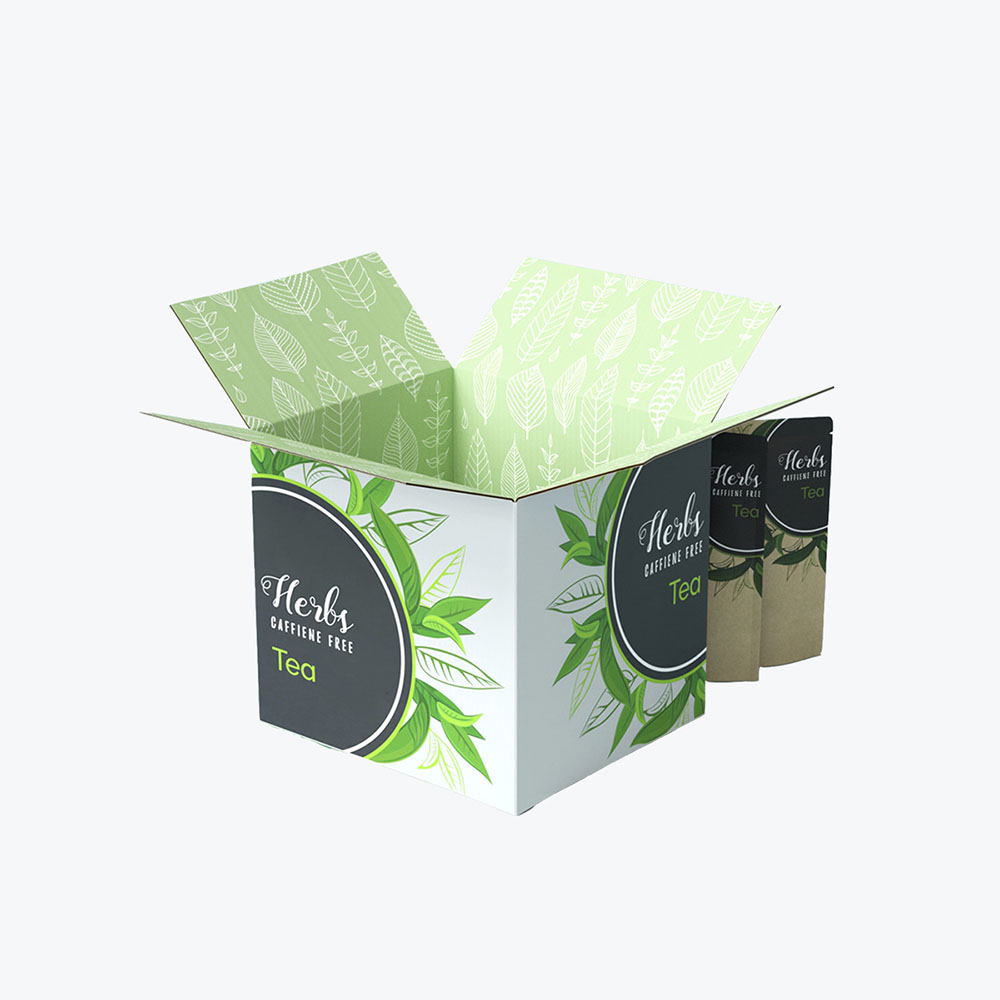

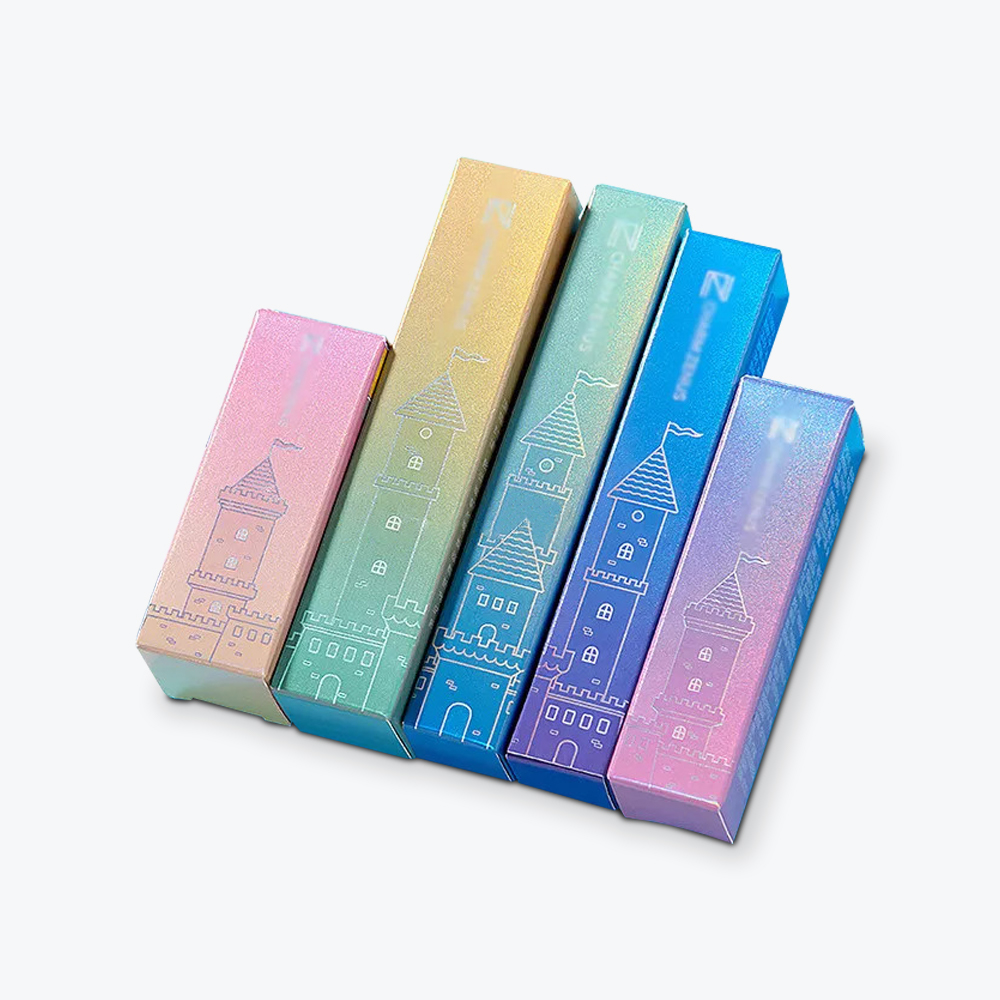

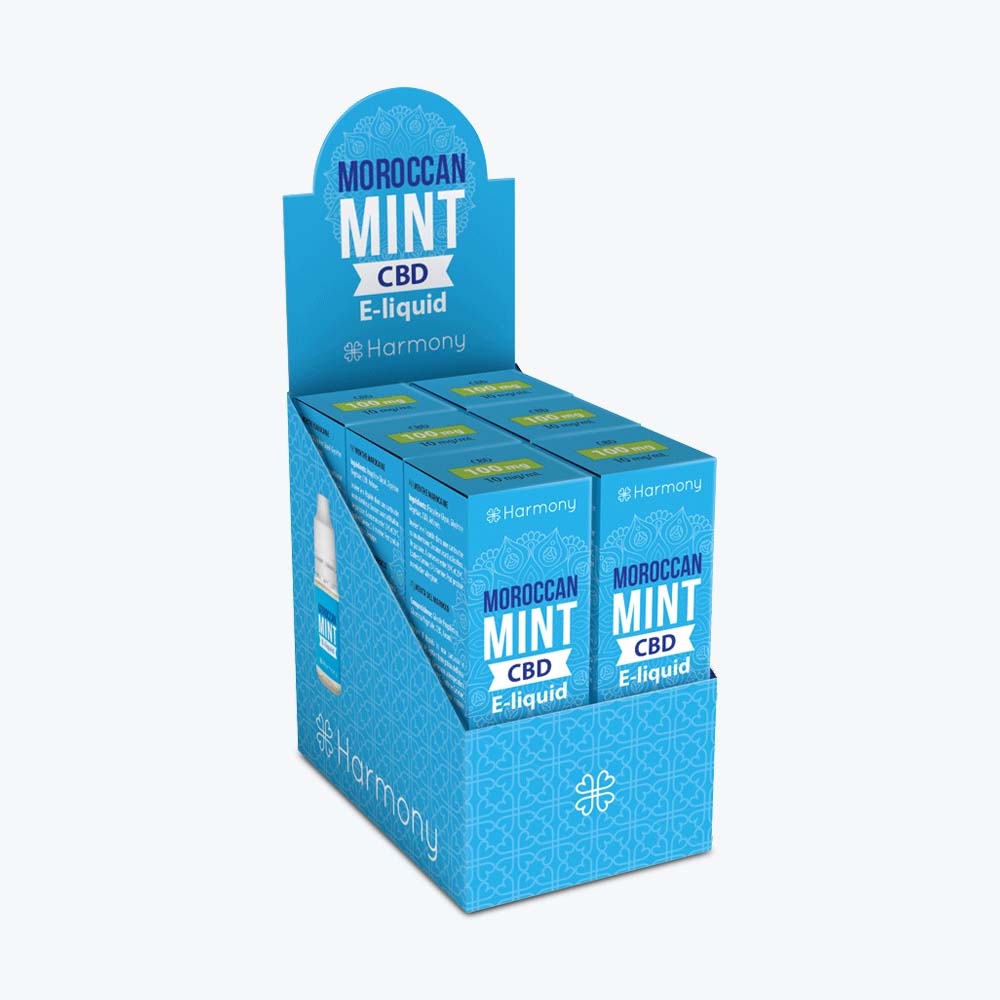
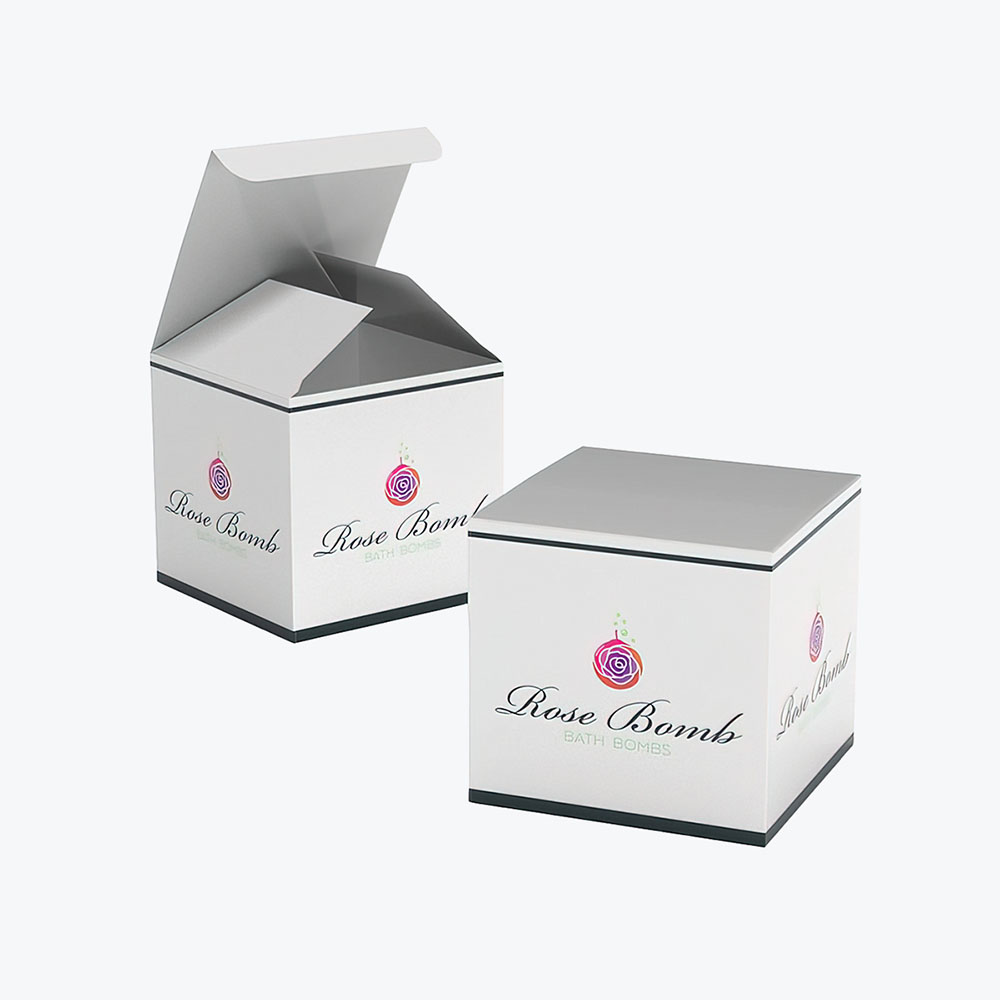
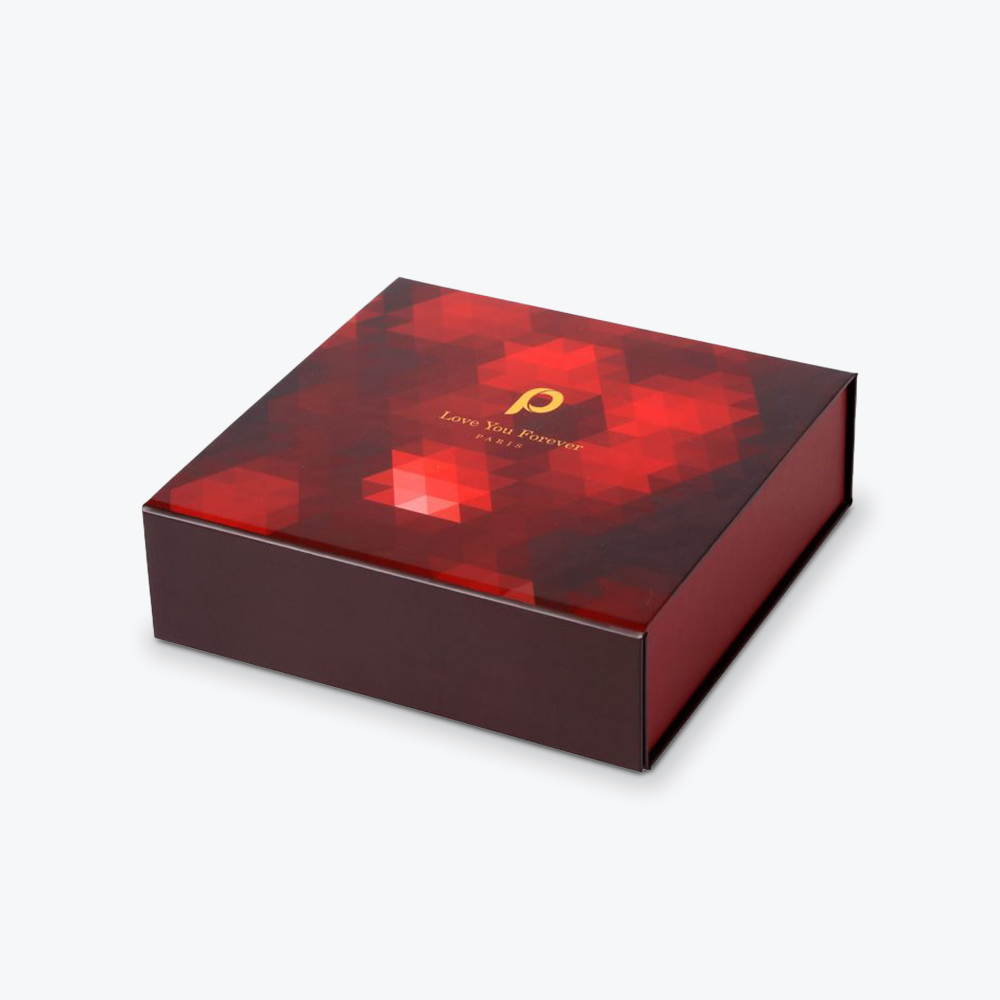
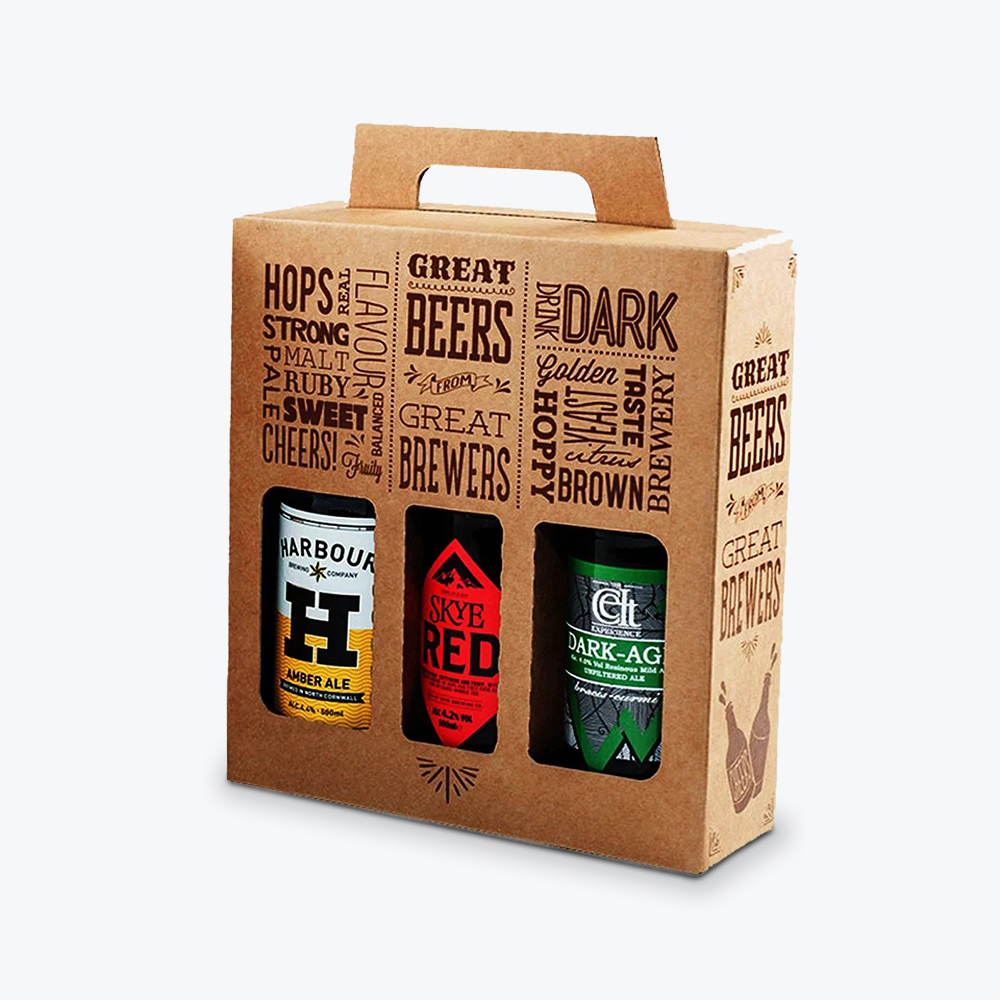
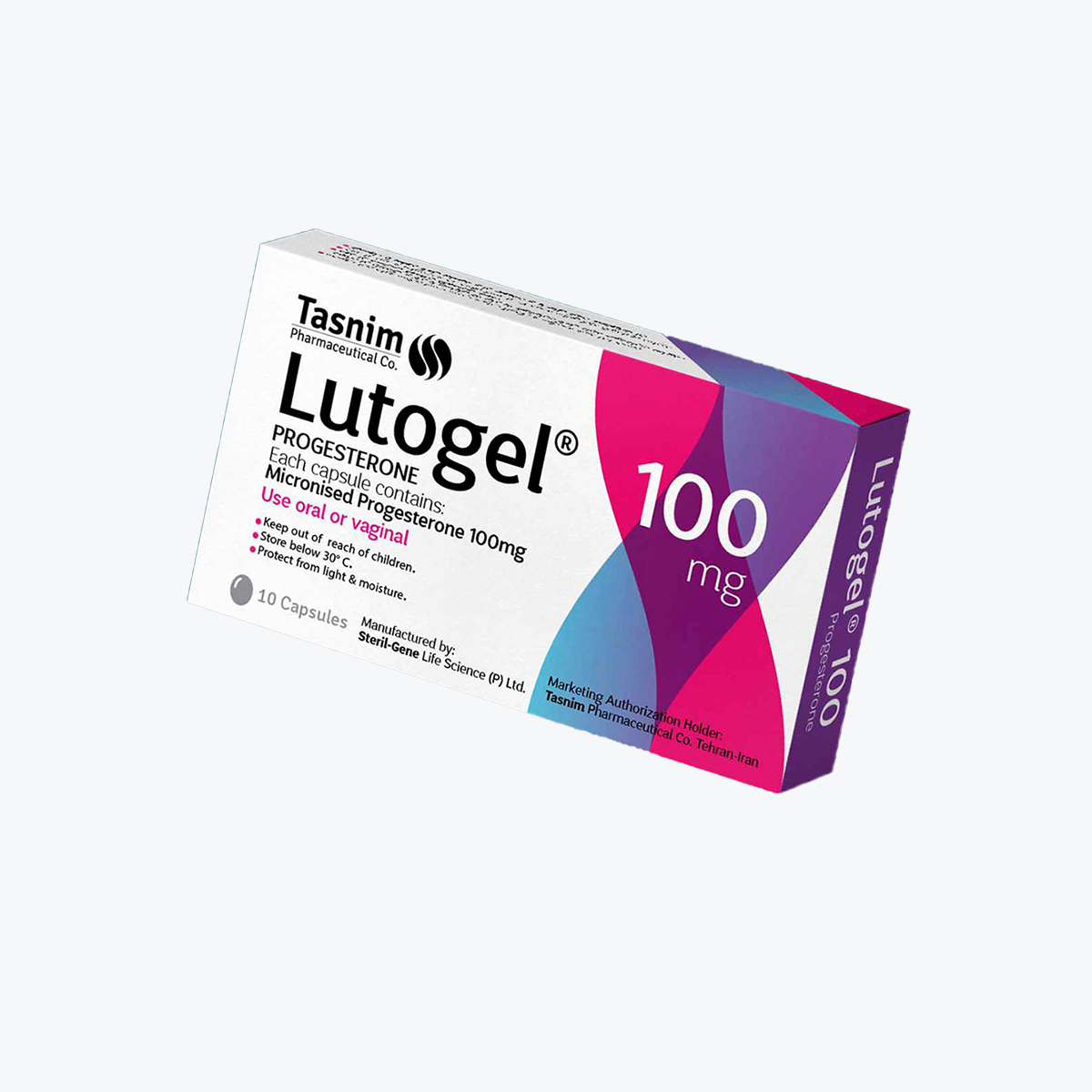
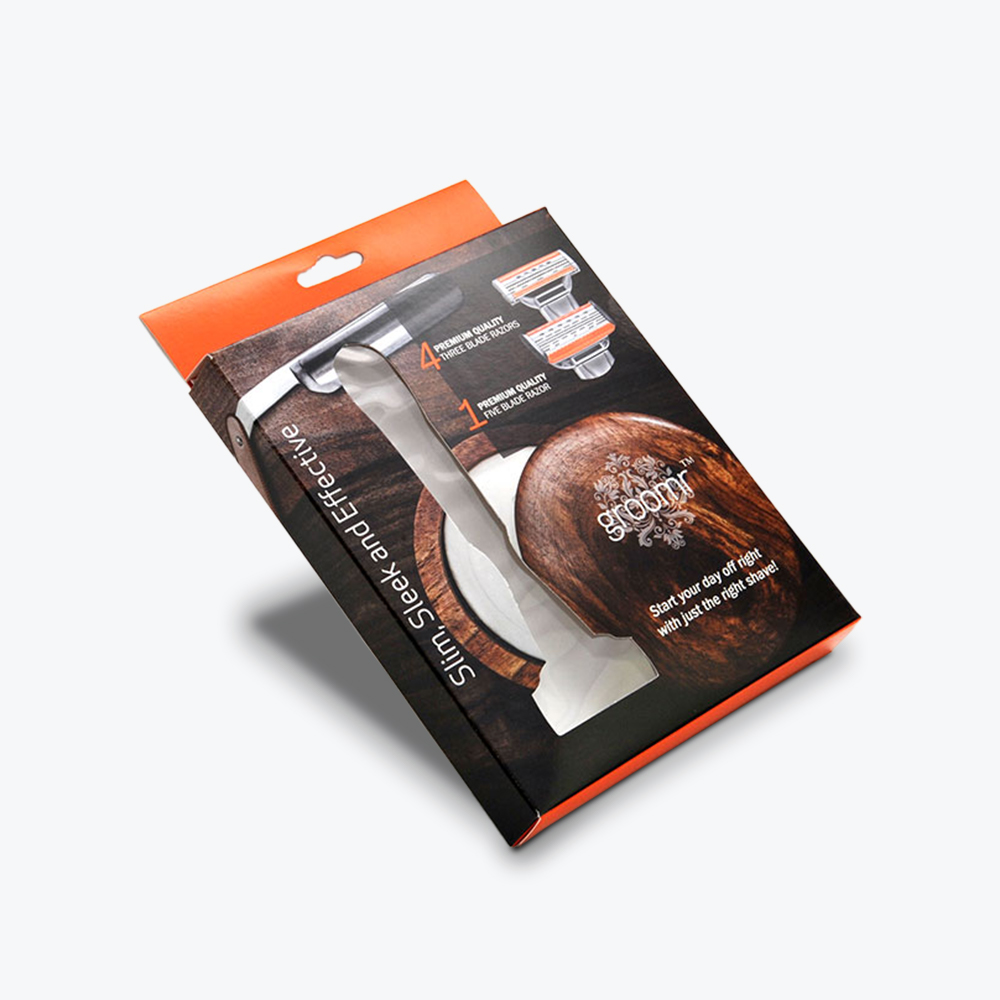
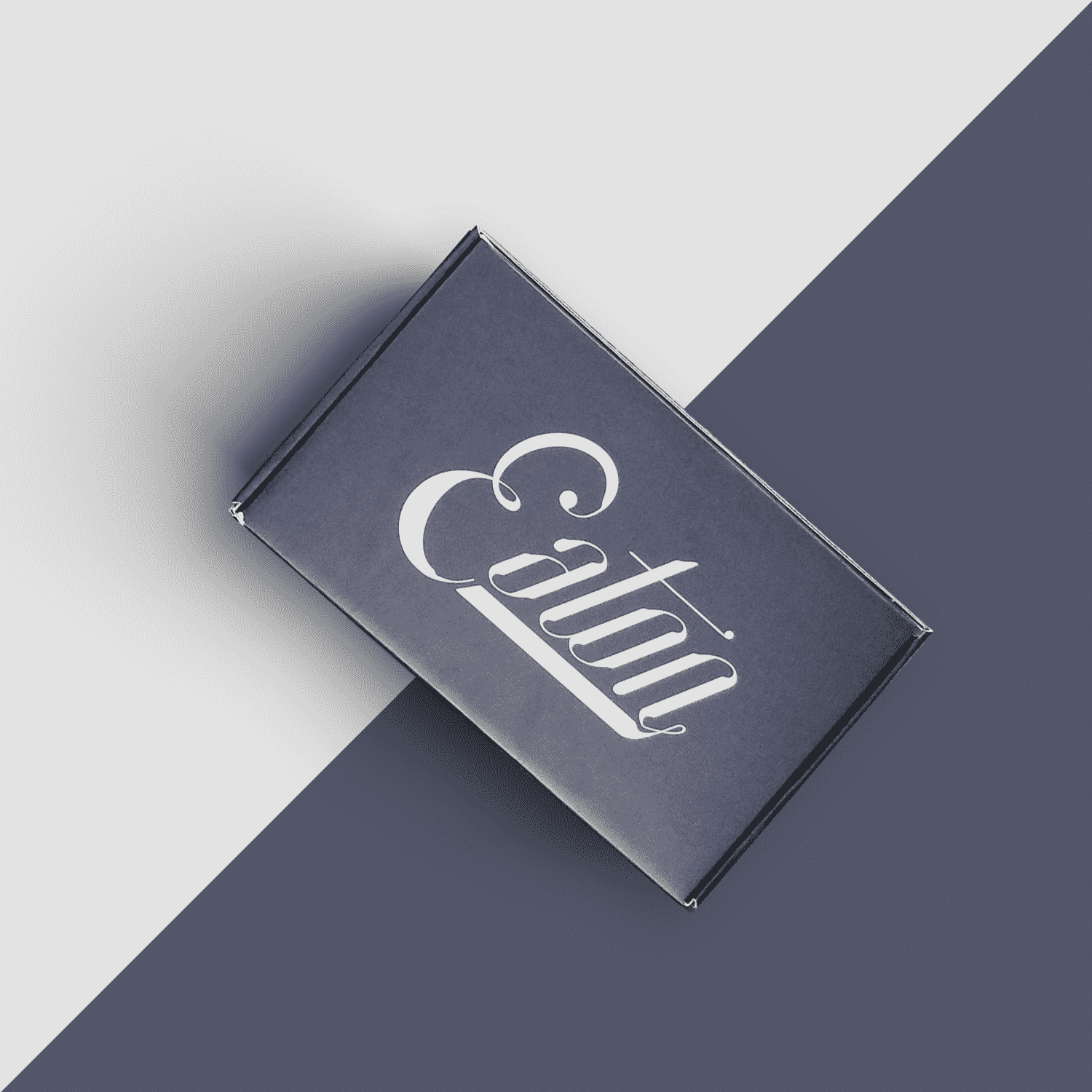
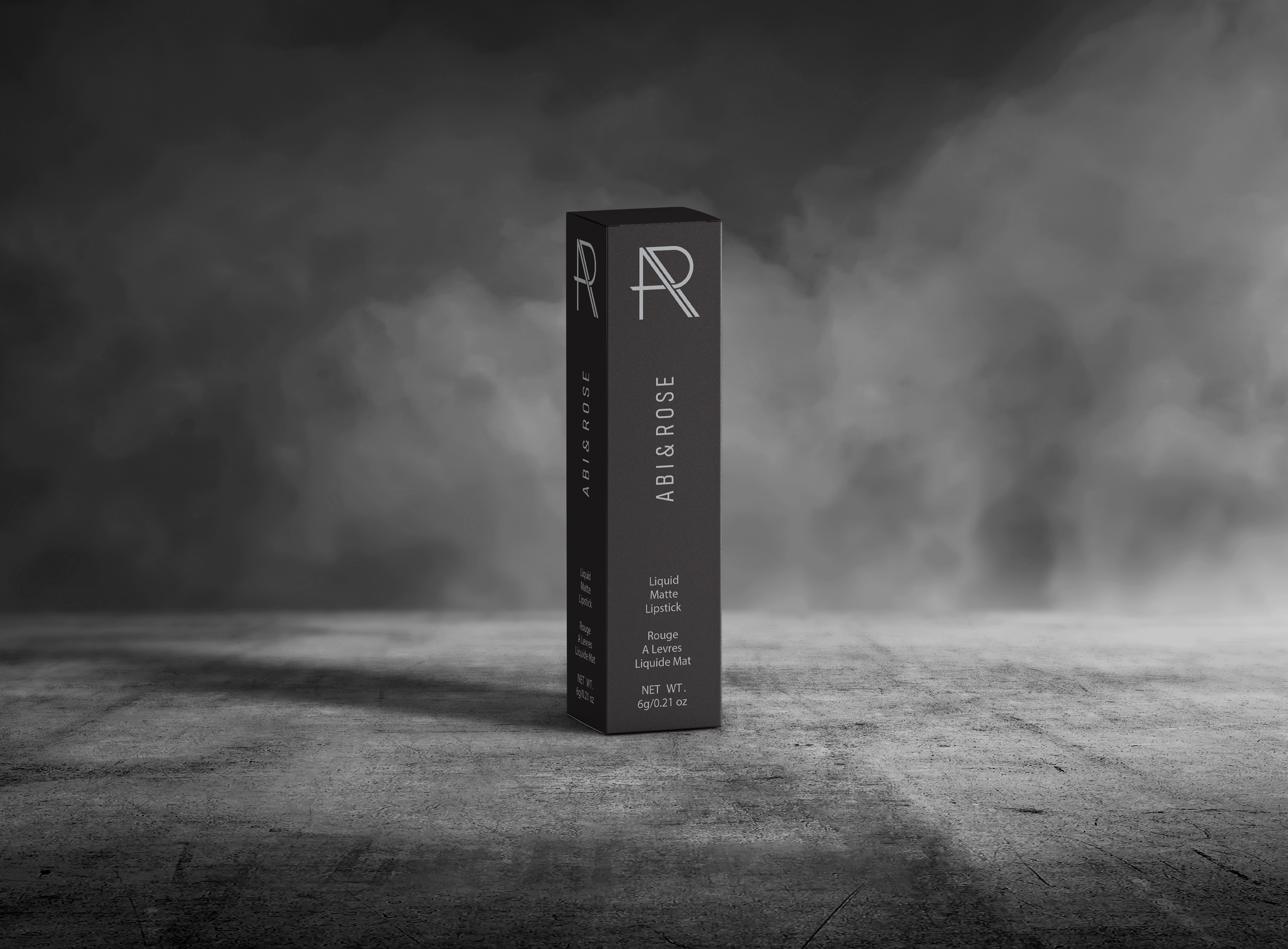

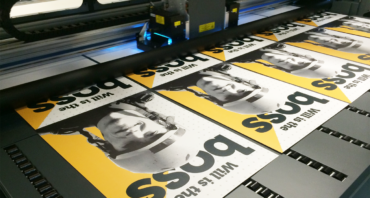
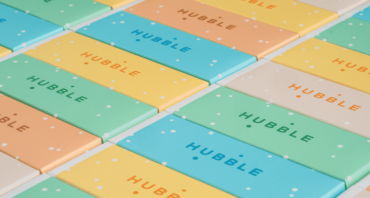
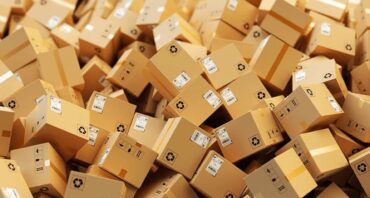
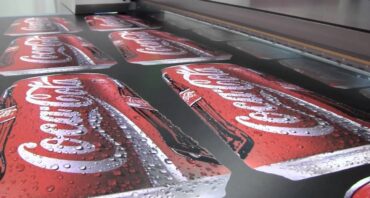


Share